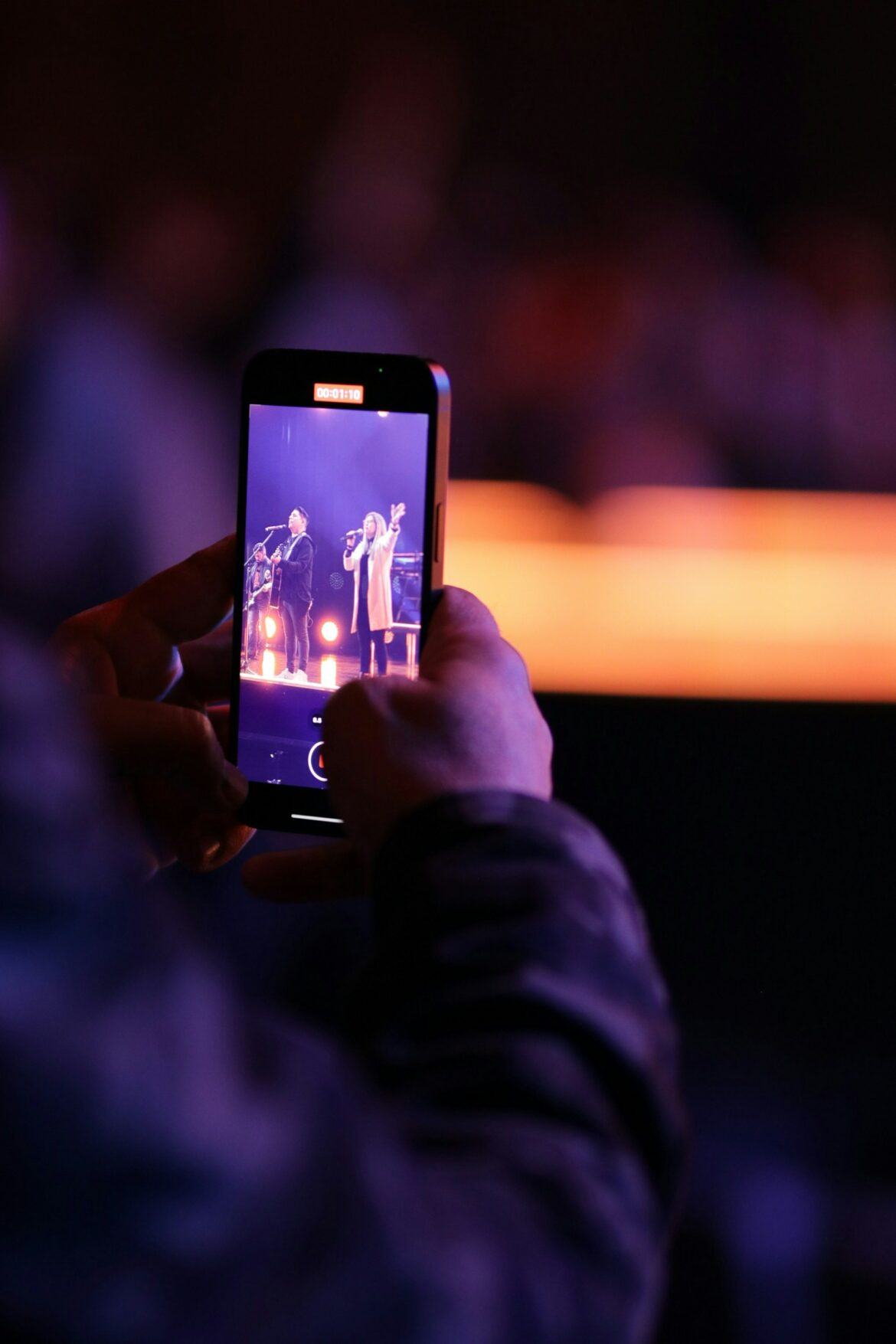===INTRO:===
In the digital age, viral videos have become more than just fleeting entertainment; they are powerful tools that shape public discourse and influence how news spreads. With millions of people worldwide sharing, commenting on, and reacting to these videos within hours, their impact on public opinion and the news cycle is profound. Unlike traditional journalism, which often involves a slower, more deliberate process of reporting and fact-checking, viral videos can instantly highlight issues, spark debates, and even sway societal attitudes. As a result, understanding their role in today’s media landscape is crucial to grasping how information is disseminated and consumed.
The Power of Viral Videos in Shaping Public Discourse
Viral videos possess an astonishing ability to capture public attention quickly, often distilling complex issues into easily digestible visual stories. Whether it’s a heartbreaking rescue, an amusing pet clip, or a controversial political statement, these videos evoke strong emotional reactions that can fuel conversations across various platforms. When a video goes viral, it tends to bring overlooked or underreported issues into the spotlight, forcing media outlets and policymakers to respond. This immediacy can accelerate societal debates, pushing important topics like social justice, climate change, or government accountability into the forefront of public consciousness.
Furthermore, viral videos have the power to democratize the flow of information. Traditional news sources are often gatekept by editorial policies and corporate interests, which can limit the diversity of viewpoints presented. Viral content, on the other hand, originates from ordinary individuals, giving voice to perspectives that might otherwise stay unheard. This grassroots nature can challenge dominant narratives and encourage a more inclusive, participatory form of public discourse. However, it also raises concerns about misinformation, as viral videos can be manipulated or taken out of context to serve particular agendas.
Finally, the emotional impact of viral videos makes them especially influential in shaping societal attitudes. They often evoke empathy, outrage, or humor, which can lead to widespread mobilization or activism. For example, viral videos exposing injustices have galvanized protests and charitable campaigns, showcasing their capacity to inspire collective action. Yet, this emotional power can also feed into sensationalism and polarization, where complex issues are reduced to simple, emotionally charged narratives. Thus, while viral videos are potent catalysts for discussion, their influence must be critically examined within the broader context of media literacy and accountability.
How Social Sharing Amplifies News through Viral Content
The social sharing nature of digital platforms exponentially increases the reach and impact of viral videos, transforming them from mere entertainment into influential news catalysts. When users share a viral clip, they are not just passing along content—they are actively participating in shaping the conversation and determining what issues gain prominence. This peer-to-peer dissemination accelerates the news cycle, bringing stories to the forefront much faster than traditional media channels could manage. As a result, viral videos often serve as breaking news or evidence in ongoing debates, requiring journalists and authorities to respond swiftly.
Social media platforms like Twitter, Facebook, and TikTok facilitate rapid sharing and discussion, creating echo chambers where viral videos can gain traction among like-minded groups. This amplification effect ensures that certain stories resonate more broadly, influencing public opinion and sometimes even impacting political or social outcomes. For instance, a video highlighting police misconduct can go viral, prompting widespread outrage and calls for reform, with social sharing playing a crucial role in galvanizing support. In this way, social platforms not only distribute news but also shape its framing and interpretation through collective engagement.
However, this amplification also presents challenges. The virality of content can lead to the rapid spread of misinformation or sensationalized narratives, making fact-checking more urgent yet more difficult. Viral videos are often edited or taken out of context, which can distort reality and mislead viewers. Moreover, the viral nature of such content can cause highly emotional and polarizing debates, sometimes overshadowing nuanced discussions. Despite these risks, the power of social sharing in amplifying viral videos underscores their central role in modern news dissemination, highlighting the importance of critical media literacy and responsible sharing in the digital age.
===OUTRO:===
Viral videos have fundamentally transformed the landscape of modern news and public opinion. Their ability to quickly capture emotional responses and mobilize collective action demonstrates their influence on societal discourse. Social sharing amplifies this effect, making viral content a potent force in shaping perceptions, agendas, and debates across social and political spectra. While this dynamic offers exciting opportunities for democratized storytelling and activism, it also necessitates vigilance against misinformation and manipulation. As we navigate this fast-paced digital era, understanding the power of viral videos remains essential for engaging thoughtfully with the ever-evolving media environment.

